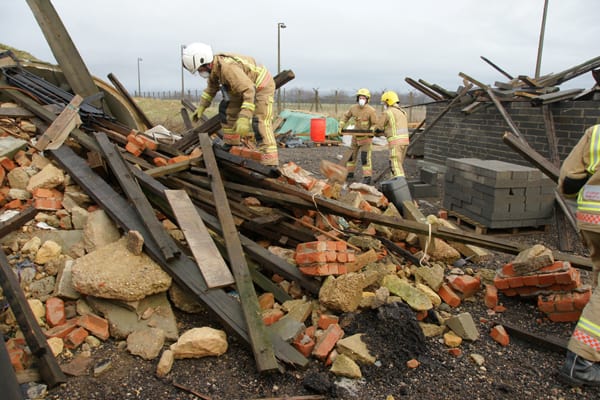
Guest post by Brad Wayland, Chief Strategy Officer at BlueCotton, a site with high-quality, easy-to-design custom t-shirts.
With incidents like Hurricane Irma occurring with increasing regularity, it’s no surprise disaster relief is on everyone’s minds. But forming your own nonprofit to help the victims of incidents like this is no easy task.
2017 had no shortage of natural disasters, and 2018 is off to a tumultuous start. From Hurricanes Irma and Harvey through to the recent earthquakes that have rocked Japan and Ecuador, to call this year a violent one from nature’s perspective seems to be putting it lightly. Given how much damage these phenomena have caused - and how many people they’ve displaced - I could hardly blame you for thinking about the merits of starting your own disaster relief nonprofit.
It’s an admirable pursuit no matter how you look at it - but also a difficult (and potentially dangerous) one. Here are a few things you’ll need to know before taking the plunge.
You need to understand this isn’t something you can do alone
Running a disaster relief organization is very different from running a standard charity - especially if you’re going to have people on the ground assisting after a crisis strikes. And it isn’t something you should even dream of doing on your own. Before you dive into running your own organization, consider joining one.
Surround yourself with experts and veterans. Watch how they do things. Ask for advice. Learn the ins and outs of the industry. Because here’s the thing about disaster relief - it carries a lot more urgency than most charities, and misallocation of volunteers or funds can have a much greater impact.
Know who you’ll be partnering with
Assuming you want to have boots on the ground when a disaster strikes, you’re going to need to partner with state, local, and national governments. And you’re going to need to have the framework for those partnerships ready to go before a disaster strikes. You don’t want to be negotiating things with government officials during an emergency, after all - you want to be able to jump right into helping.
Basically, what I’m telling you here is to do your research. Understand who you’ll be working with, who you need to know, and who you need to contact. And reach out to establish those lines of contact as soon as possible.
Understand the greater liability concerns
If you’re running a fundraising nonprofit, you probably don’t have much in the way of liability. Maybe you’ll need insurance on your business and employees to guard against theft and workplace injury, but that’s about it. If you’re running a relief organization, however...that’s an entirely different beast.
You’re going to be sending volunteers to some very dangerous locales. Regions wracked by floods and storms. Wartorn countries overseas. Cities suffering the aftermath of a terrible earthquake or fire.
There are a ton of liability issues that you’ll need to address before you do so - to say nothing of the need for a training and vetting process to ensure you aren’t sending over green, untrained staff. First thing’s first, you’ll want to contact an attorney and have them draft up volunteer contracts.
From there, you need to think very carefully about who you want to hire, and what skills they’ll need to have - and figure out how to hire people who exclusively possess those skills.
Get Out There And Save The World
Running a disaster relief nonprofit can be both difficult and nerve-wracking. However, the knowledge that you created something to help people in the aftermath of the world’s worst emergencies is well worth the effort. What we’ve outlined here is only what you’ll need to get started - to help you avoid some common pitfalls.
The rest is up to you.